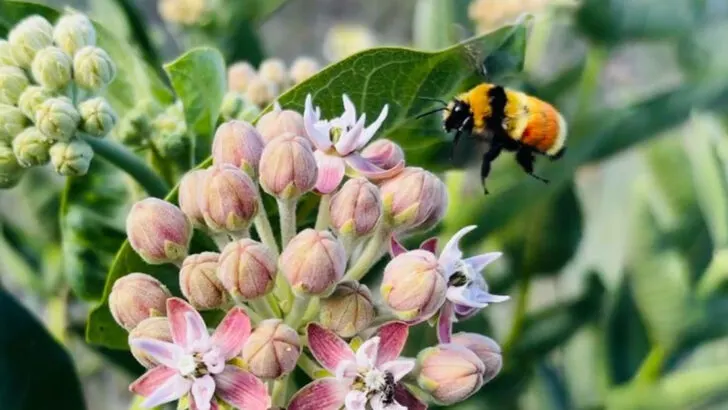You don’t need to visit an exotic garden or spend big at a nursery to discover stunning plants—some of the most beautiful blooms are already growing right outside your door. From roadside charmers to forest-floor treasures, wild plants often go unnoticed simply because they’re not labeled or packaged. But once you know what to look for, you’ll start to see them everywhere.
These wild beauties aren’t just easy on the eyes—they’re often hardy, low-maintenance, and perfectly adapted to your local climate. Many even have surprising uses, from pollinator support to edible parts and traditional remedies. And best of all, they grow naturally without any help from you.
Here are 20 gorgeous wild plants you might spot on a walk, hike, or even in that overgrown patch behind the parking lot. Just remember: admire responsibly—never harvest protected species or from private property without permission.
Queen Anne’s Lace
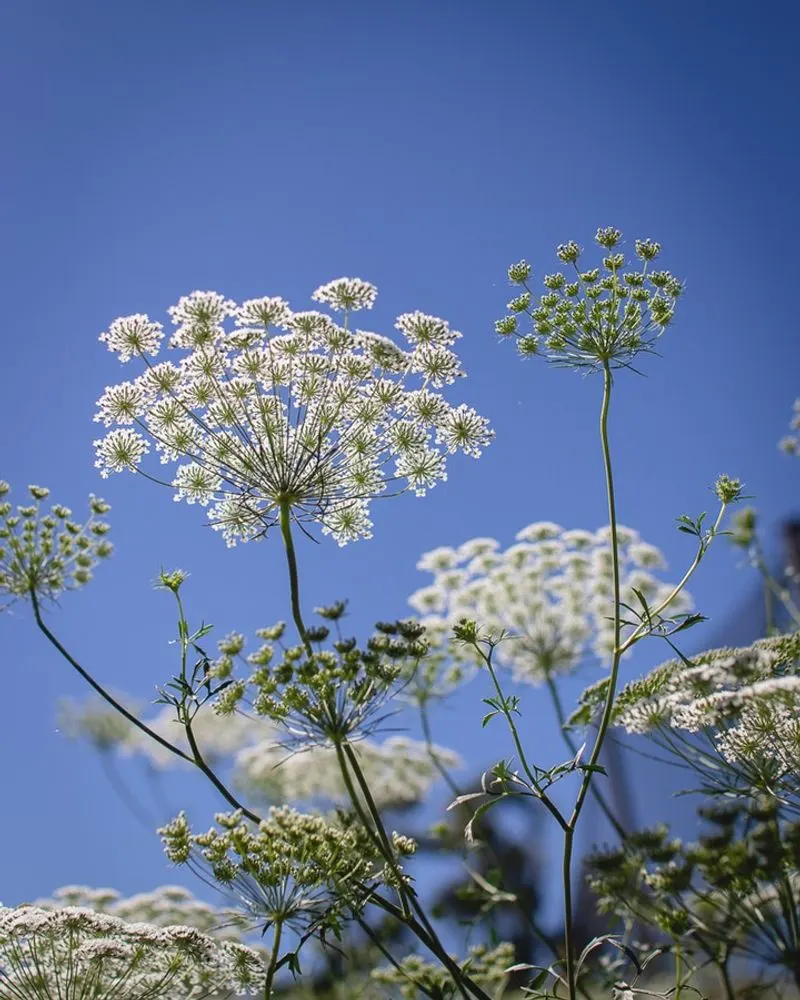
Often mistaken for a weed, this plant boasts intricate white flowers arranged like lace. Its delicate beauty can transform any field into a tapestry of elegance. Historically, its roots were used as a carrot substitute. If you spot one, take a closer look at the center for a tiny purple flower, a signature trait.
Chicory
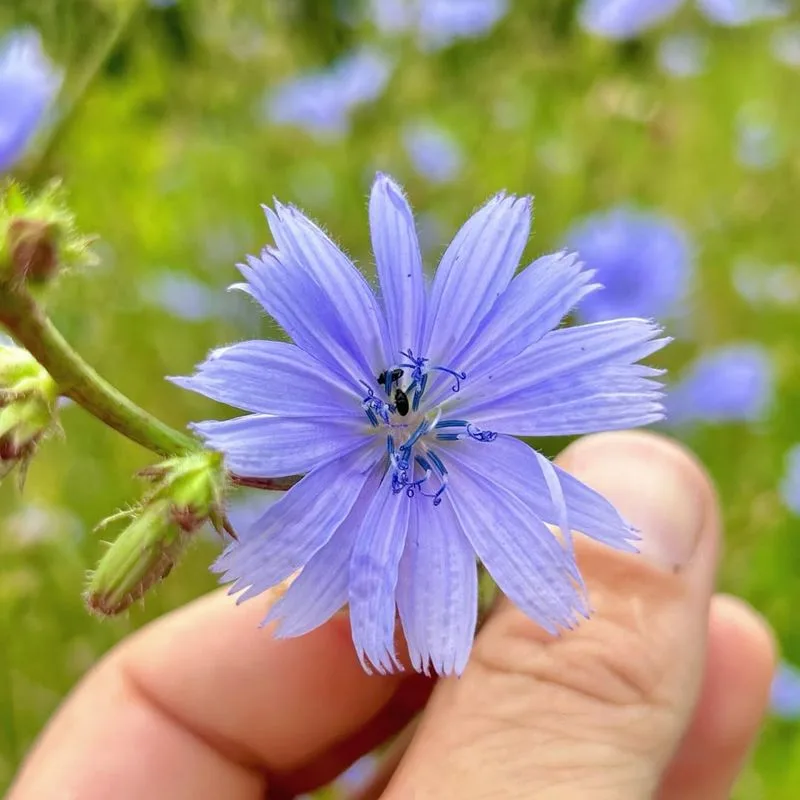
These bright blue flowers often line roadsides, offering a cheerful display. The chicory plant is not just a pretty face; its root has been used as a coffee substitute for centuries. Its resilience is admirable, thriving in poor soils where few plants can prosper. Next time you’re on a drive, see if you can spot its striking hue contrasting the greens around.
Wild Violets

These small yet vibrant flowers add a pop of color to woodland areas and lawns. Known for their sweet fragrance, wild violets are a delight to the senses. In addition to their beauty, these plants are edible and have been used in herbal remedies for various ailments. Their heart-shaped leaves only add to their charm.
Milkweed
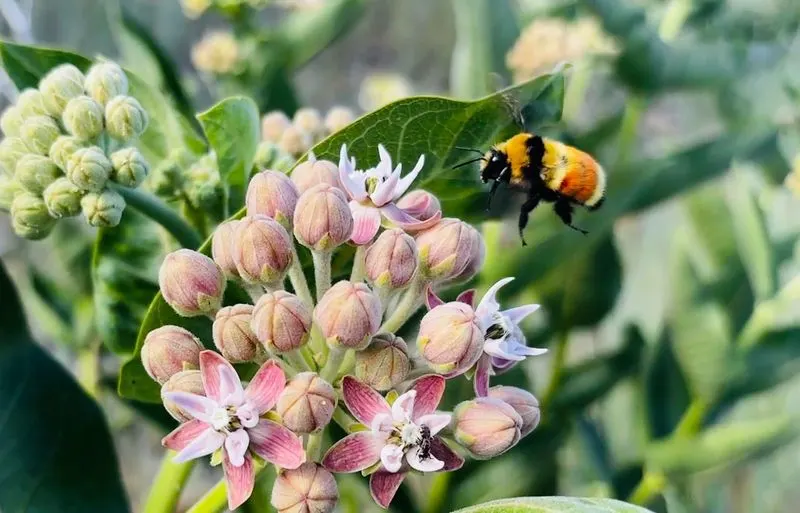
Milkweed is more than just a plant; it’s a lifeline for monarch butterflies. Its pinkish flowers attract these pollinators, playing a crucial role in their life cycle. While some consider it a roadside nuisance, its ecological importance cannot be overstated. Witnessing a group of monarchs fluttering around milkweed is a spectacle to behold.
Goldenrod
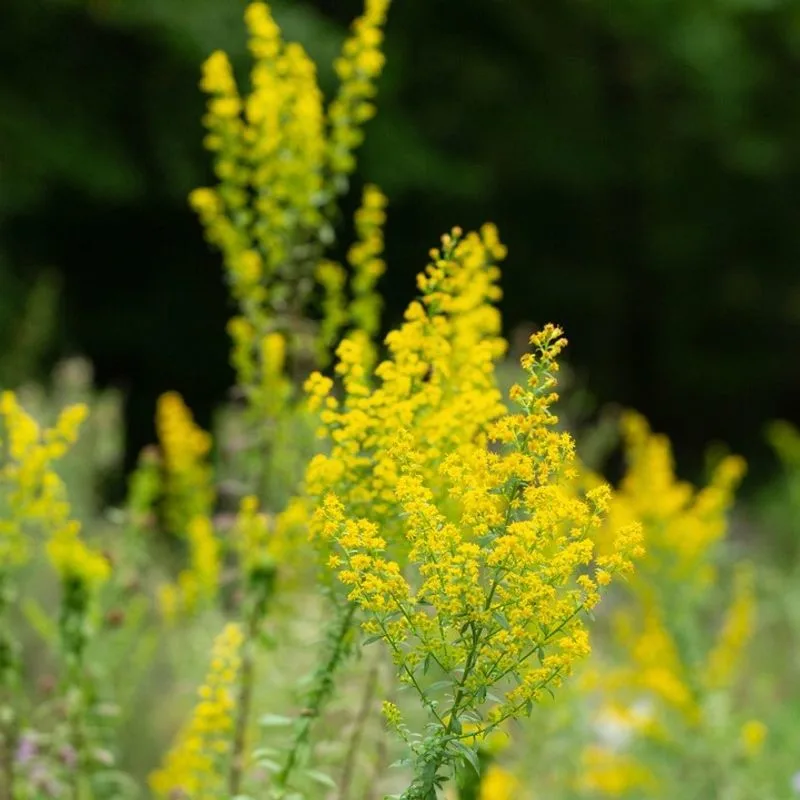
Goldenrod’s golden-yellow flowers are a late summer highlight, often misattributed as an allergen. In reality, it attracts pollinators and supports ecosystems. Native Americans once used it for medicinal purposes, showcasing its versatility. A walk through a field of goldenrod on a sunny day is like wandering through a sea of gold.
Dandelion

Often seen as a pesky weed, dandelions are surprisingly beneficial. Their bright yellow flowers turn into fluffy seed heads, capturing childhood memories of blowing them into the breeze. Rich in vitamins, every part of the plant is edible. Their ability to thrive in any condition is nothing short of remarkable.
Wild Rose

Wild roses embody the classic beauty of roses with a touch of ruggedness. Their simple yet elegant petals and sweet scent make them a cherished find. These hardy plants can thrive in various climates, often appearing in unexpected places. Their rose hips are packed with vitamin C and have been used in traditional remedies.
Forget-Me-Nots
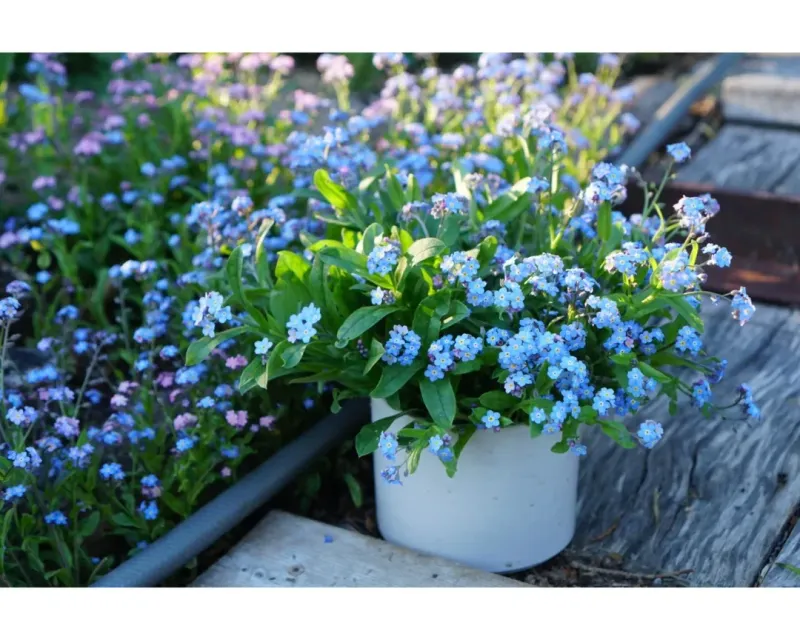
With their charming name and delicate blue petals, forget-me-nots are hard to overlook. These petite flowers thrive in damp, shaded areas, creating a soft blue carpet. They symbolize true love and remembrance, often found in gardens and memorials. Their ability to reseed makes them a perennial favorite among gardeners.
Lupines

Tall and striking, lupines command attention with their spiky blooms in various colors. Found in meadows and hillsides, they provide a feast for the eyes. These plants enrich the soil with nitrogen, promoting healthy ecosystems. Their ability to thrive in diverse environments makes them a resilient addition to any wild plant collection.
Fireweed
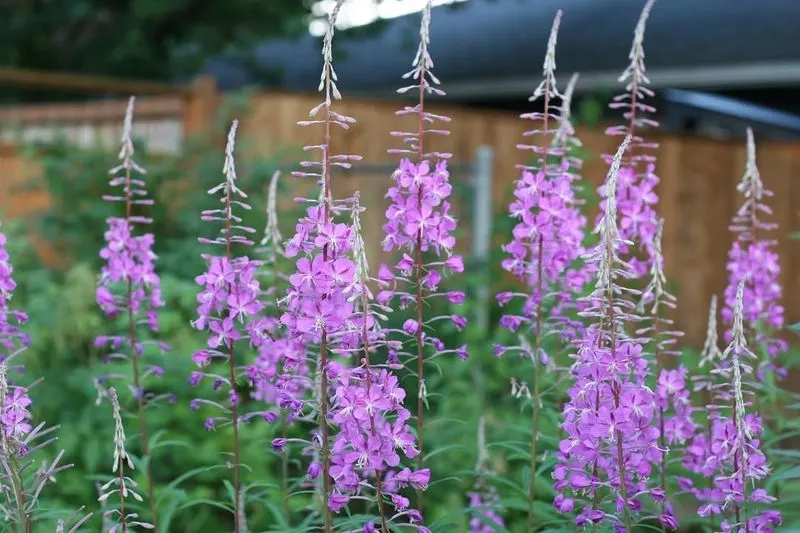
Named for its ability to colonize burnt areas, fireweed’s brilliant pink flowers are a symbol of renewal. Flourishing in disturbed sites, it blankets landscapes with color. This plant is not just a visual treat but also a source of nectar for bees. Its rapid growth after wildfires showcases nature’s resilience and adaptability.
Trillium
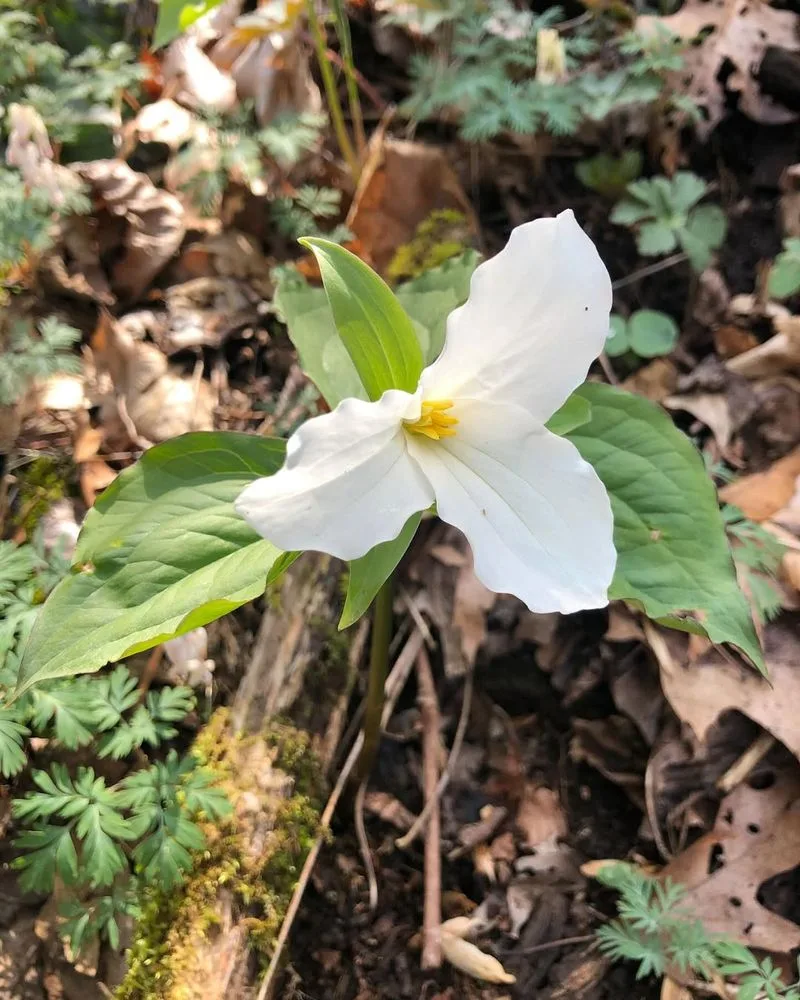
Few flowers are as iconic in woodland spaces as the trillium. With its three-petaled design, it exudes simple elegance. Found in shaded, forested areas, the trillium is a symbol of purity and beauty. Though it takes years to bloom, its arrival signals the full swing of spring. Protecting this delicate plant ensures it graces us for years to come.
Wild Geranium
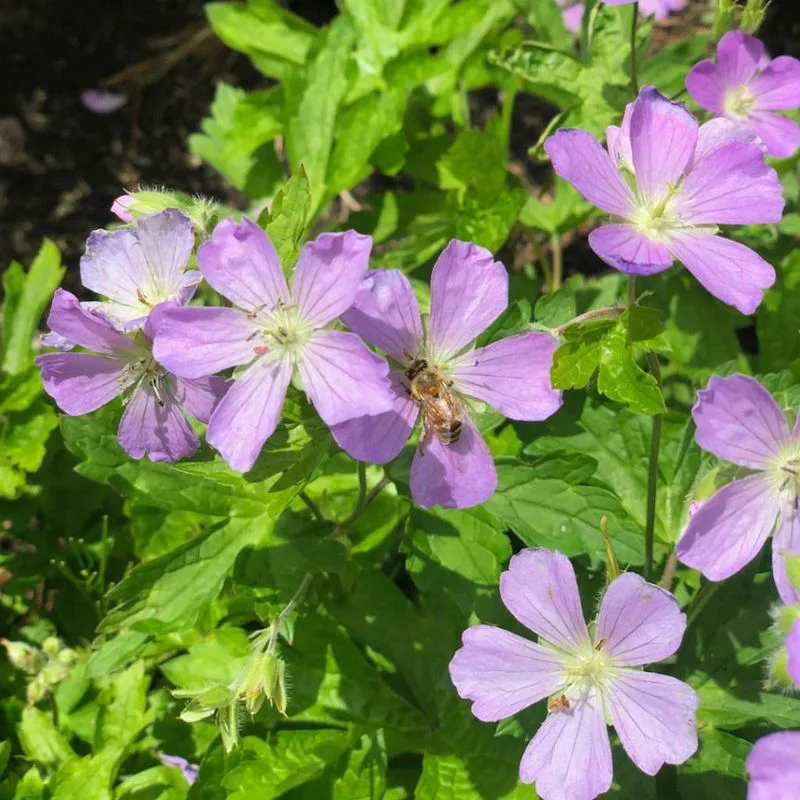
These resilient plants add a splash of color with their pinkish-purple flowers. Thriving in woodlands and meadows, they attract pollinators with their nectar-rich blooms. Wild geraniums have been used in traditional medicine for their astringent properties. Their charming appearance and ecological role make them a valued wild plant.
Pineapple Weed
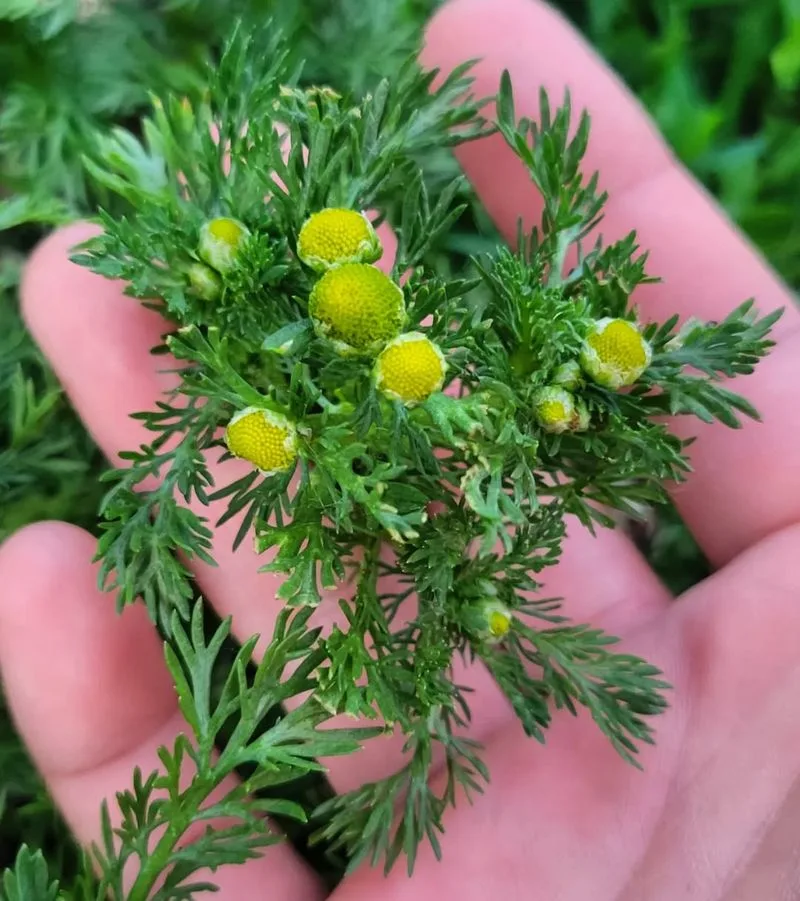
This unassuming plant releases a pineapple scent when crushed, a delightful surprise for the senses. Found in disturbed soils and pathways, pineapple weed is often overlooked. Despite its humble appearance, it is used in herbal teas and remedies for its soothing properties. Its adaptability makes it a common yet intriguing find.
Creeping Bellflower
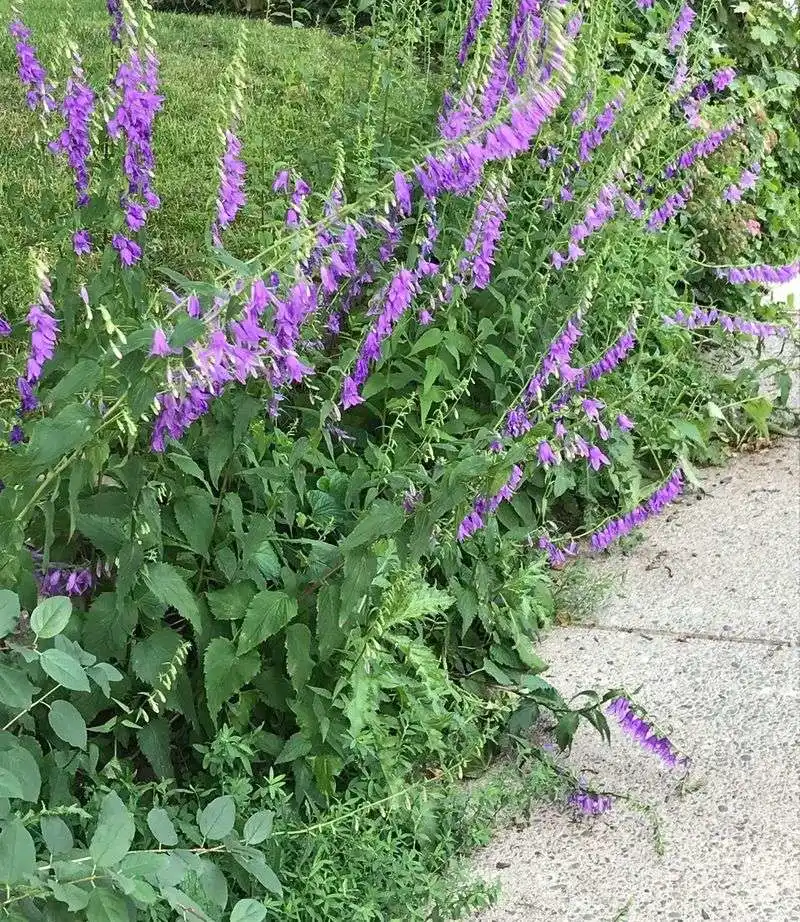
Known for its bell-shaped, lavender flowers, this plant can quickly spread across gardens and lawns. While some gardeners see it as invasive, its delicate blooms are undeniably pretty. It thrives in various conditions, demonstrating remarkable adaptability. Not just eye-catching, creeping bellflower is a resilient survivor in the plant world.
Burdock
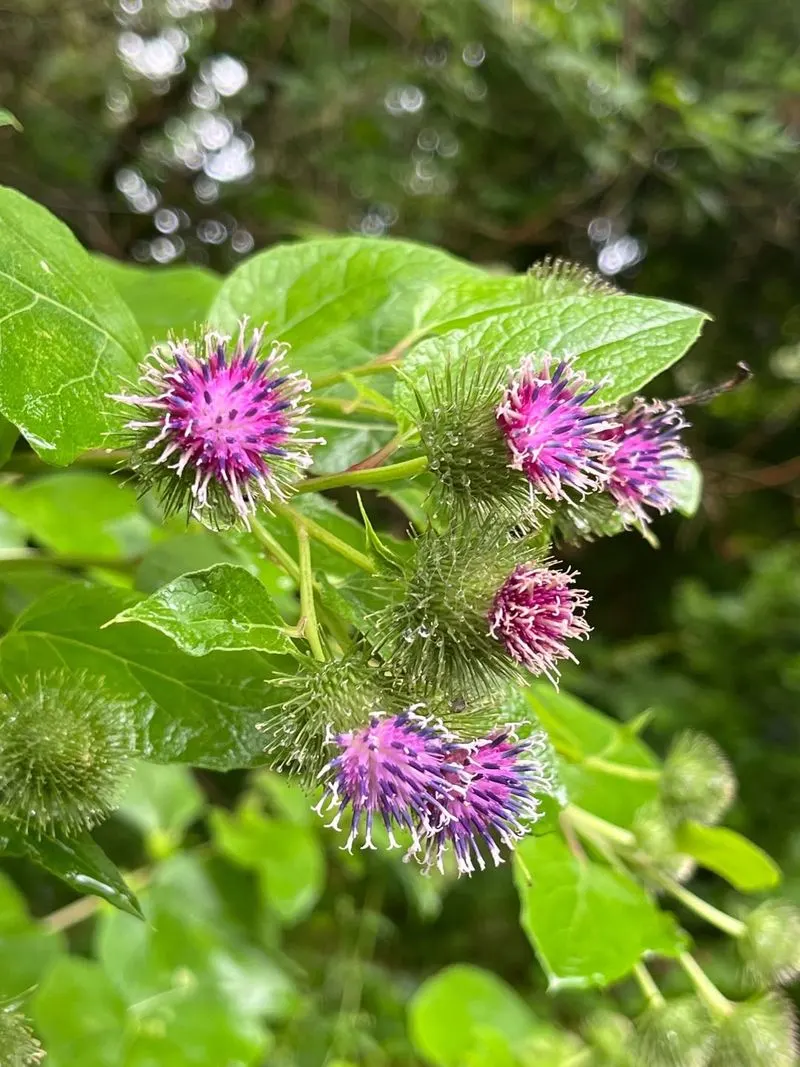
The burdock plant, with its large leaves and burr-like seed heads, is both a forager’s delight and a gardener’s challenge. Often found in waste areas, its roots have been used in traditional medicine and cuisine. Known for its detoxifying properties, burdock is a hidden gem with a rich history and a surprisingly useful profile.
Oxeye Daisy
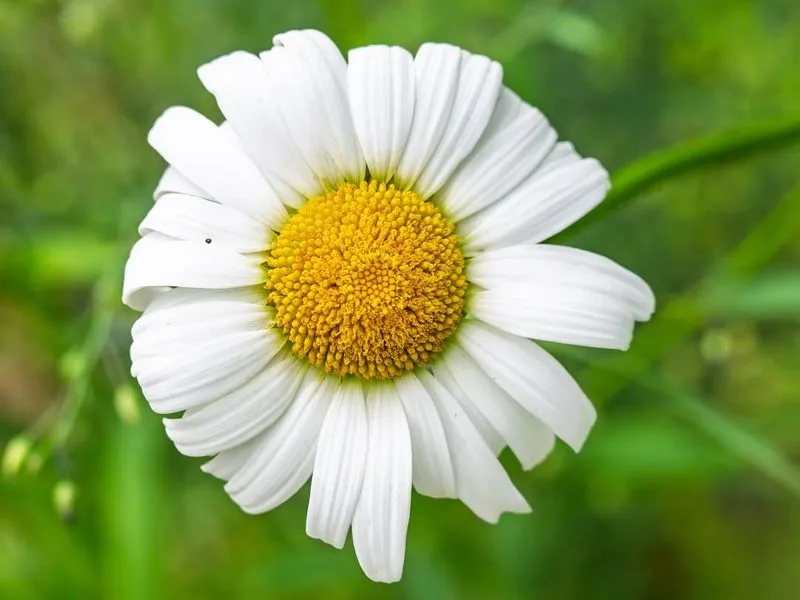
Oxeye daisies, with their sunny faces and white petals, bring cheer to any landscape. Growing in meadows and roadsides, they’re a classic symbol of summer. These daisies are not just pretty; they play a role in supporting pollinators. Their ability to thrive in poor soil makes them a testament to nature’s persistence and beauty.
Yarrow

Yarrow is a powerhouse plant, known for its feathery leaves and clustered blooms. Celebrated for its medicinal uses, it was once carried by soldiers to treat wounds. Found in fields and along roadsides, it attracts beneficial insects. Yarrow’s hardiness and beauty make it a favorite among herbalists and nature enthusiasts alike.
Clover
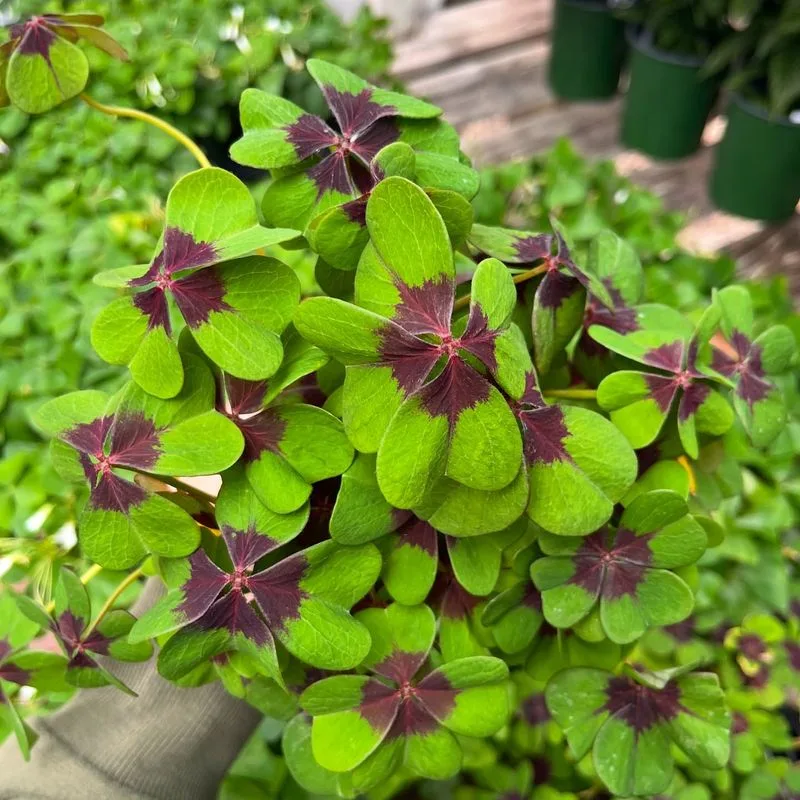
Clover is often associated with luck, especially the elusive four-leaf variety. Its trifoliate leaves and white flowers blanket fields, providing a habitat for wildlife. Beyond its aesthetic appeal, clover enriches soil with nitrogen. Its presence in gardens and lawns is both practical and charming, offering a touch of serendipity.
Wood Sorrel
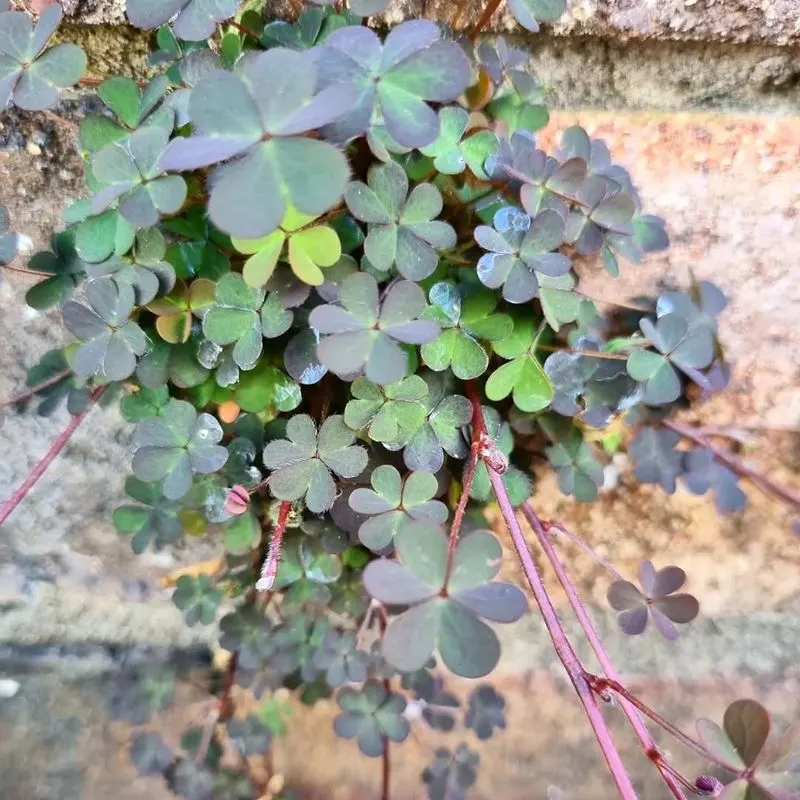
With heart-shaped leaves and dainty yellow flowers, wood sorrel is a charming woodland resident. Frequently mistaken for clover, it has a tangy taste that’s refreshing. Traditionally used in salads and remedies, wood sorrel’s presence is a delightful addition to any forest walk. Its ability to thrive in shaded areas makes it a versatile plant.
Common Mullein

Standing tall with its velvety leaves and yellow flower spikes, common mullein is hard to miss. Often seen in fields and roadsides, it has a rich history of medicinal use. Its leaves were once used as wicks for lamps. This plant’s towering presence and historical significance make it a fascinating find in the wild.

